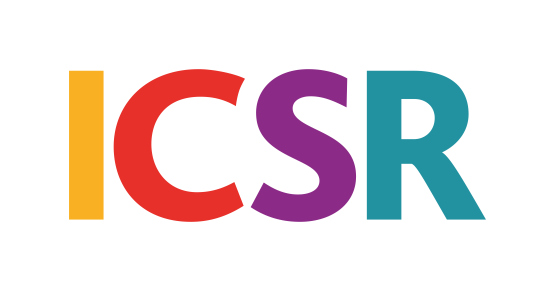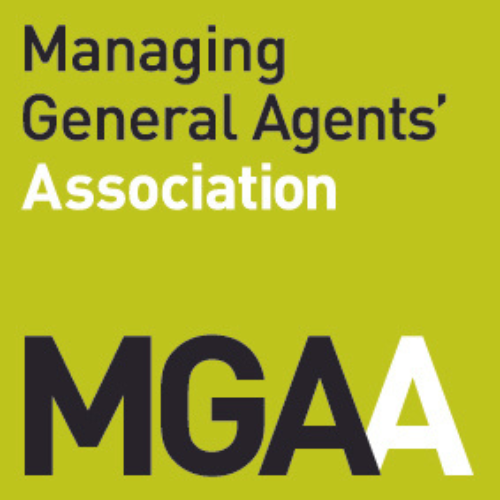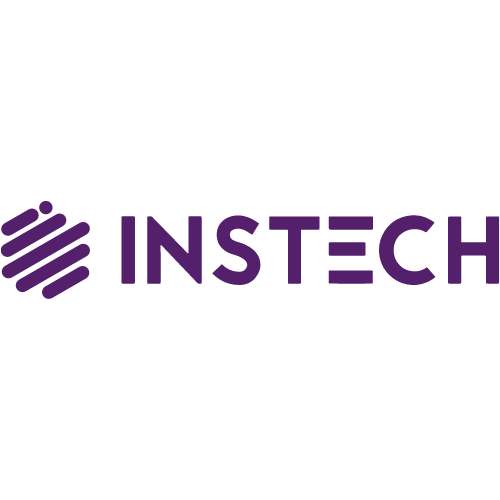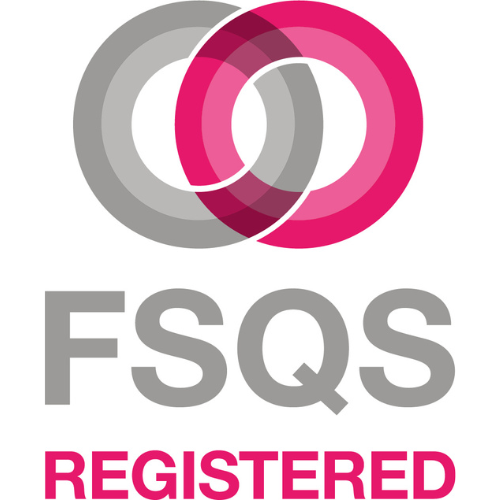The adoption of Lloyd’s new principles-based approach to market oversight is now well underway. Managing Agents should be well advanced with their self-assessment work for individual syndicates, ahead of the deadline of 29th April for the submission of completed assessments.
The new approach is designed to provide much greater flexibility for Managing Agents to align regulatory objectives to their own individual business models. In doing so it should make a reasonable difference to firms with dual platforms which have had to deal with what have historically been perceived as added administration and cost over and above the FCA and PRA requirements with no real benefit in terms of policyholder protection. Unfortunately however, not all the differences have gone. Firms are still required to carry out annual assessments of compliance. The PRA and FCA have no such similar requirement but an expectation that firms will continue to evolve their control environments to improve them.
But this shift from minimum standards to a principles-based approach to regulation has a definite a carrot and stick approach. Those managing agents that are deemed to be at the top end of the performance scale set by the Corporation will be offered a range of incentives to help them grow. Obviously, Lloyd’s will have to be careful about how this operates in reality to avoid any competition issues but the concept is well founded.
Managing agents at the lower end of the scale can expect to see “decisive interventions” from the Corporation to remediate their business. It will not be a comfortable place to be for managing agents that find themselves at the wrong end of that scale.
Background To The New Approach
Lloyd’s remains fiercely protective of its reputation internationally and is absolutely focussed on ensuring that those businesses permitted to operate under its umbrella, enhance its reputation. The consequences for firms that are not considered to be performing and thereby put at risk that reputation are well known.
The changes that have been implemented reflect a sense of frustration with the very prescriptive approach that had previously existed. Firms should welcome this change of approach but will need to ensure they commit the resources necessary to properly implement the changes and demonstrate they are taking the plans seriously.
Oversight Objectives and Priorities
Lloyd’s have been very clear in setting out their Oversight Objectives. These are that its oversight:
- supports the delivery of the Lloyd’s strategy;
- is aligned with the Risk Appetite set by the Council;
- instils confidence in regulators and rating agencies;
- creates the conditions for good business to thrive;
- is decisive and impactful for substandard managing agents;
- places primary responsibility for oversight on managing agents’ boards and management;
- is risk-based and proportionate;
- is holistic and joined up; and
- is objective and data driven.
The objectives reinforce the reality that syndicate performance will be ever more closely monitored, but with a far more flexible approach to the way in which market regulation is applied to the individual circumstances of each syndicate. One point to note is the last one – it is a point that has been emphasised by other regulators. All financial services firms are increasingly expected to have more granular data sets available to help drive decision making and we strongly advise Managing Agents to ensure their management information and data systems are fit for purpose in the new world of oversight.
The Shift From Minimum Standards to Oversight Framework – The 13 Principles
The new outcomes-based approach is built around 13 Principles for doing business under the Lloyd’s umbrella. Each principle is further split into a number of more detailed sub-principles which collectively set out the expectations of managing agents in the way they support the markets’ overall performance, capital strength, financial and reputational credibility. The Principles are supported by guidance in the form of a Maturity Matrix which is used to define an expected level of competence for each specific principle, based on the individual business plan of each syndicate.
The 13 Principles for doing business at Lloyd’s are:
Performance Principles
- Underwriting profitability
- Catastrophe Exposure
- Outwards reinsurance
- Claims management
- Customer outcomes
- Reserving
Solvency Principles
- Capital
- Investment
- Liquidity
Operational Principles
- Governance, Risk Management and Reporting
- Regulatory and Financial Crime
- Operational Resilience
- Culture
The purpose of this article is not to explore the individual Principles, but rather to look at what the evolution to the new model of regulation means for Managing Agents. The author would be happy to discuss any of the individual Principles in more detail with readers if they wish to do so.
What Does An Outcomes Based Approach Look Like?
The move to an outcome-based approach requires a shift in thinking. No longer is it necessary to produce mostly binary answers to prescriptive questions that often require very careful thought to determine how to answer, given their perceived relevance to the firms’ own specific business model.
An outcomes-based approach looks at:
- How successful has the firm been in achieving the specific desired outcome?
- Are there times when the firm has not been successful in achieving a specifically desired outcome? If so, what should or could the firm have done differently?
- Is the firm satisfied that it is achieving the outcome in a way that is appropriate to its business model and the needs of its customers?
- Does the firm know what its peers are doing? How is its performance in relative terms?
- What can the firm conclude about the results of second and third line independent reviews?
- What performance data does the firm have to support its assessment?
- Based on the firms assessment what actions does it need to take?
In answering these questions, firms should start to get a clear sense of where they sit on the performance scale and begin to understand whether they are at risk of seeing a “decisive intervention” from Lloyd’s, or an offer to assist driving the growth and development of their business.
When the board is considering its own duties, the answer to these questions should very quickly help to determine whether it is remediatory actions that are required, or decisions on how best to exploit growth opportunities without crossing the boundaries of competition law.
One important key within this lies in the most significant first question. To be able to determine whether the firm has achieved specific and desired outcomes, the firm must be able to enunciate what those outcomes are. In financial terms this is often easy. The firm sets a long-term strategy and then annual plans aimed at achieving that strategy. Hitting the number means mostly hitting the goals and thereby achieving the desired outcomes.
However, this is not just about numbers anymore. Though critical, there are other key objectives where firms must be identifying the outcomes they wish to achieve, and these are often more intangible. Setting goals around good customer outcomes remains a difficult area in which to create metrics which can be considered to be a good outcome. The same is true when it comes to the culture of a firm which looks at both outward perspectives and therefore crosses over with how a firm treats its customers, but also, inwards at how a firm treats its people by ensuring equality and diversity and providing a developmental platform for everyone. The culture outcomes are in many ways intangible and the metrics while having to cover both must also be closely aligned with those outcomes.
What the Boards will need to consider will need to change up a step in order for the members to be able to answer the question of what an appropriate outcome is and how they measure it. This is particularly true when it comes to determining levels of maturity.
The Maturity Matrix
The maturity matrix is fundamental to the concept of creating the outcomes-based approach to regulation for Lloyd’s. Here we see again that Lloyd’s is departing from the PRA and FCA approach which is going to add administration and cost. It is designed to help firms ensure that the assessment of their approach reflects the nature of their own business model but it does leave lingering that continuing question of why Lloyd’s continues to be a regulator when there are already two strong regulators in the UK: is it necessary in order to protect its reputation and rating? And of course, the reverse side to that question: what is Lloyd’s if it is not a regulator?
Firms are required to assess their maturity against the following scale:
- Foundational
- Intermediate
- Established
- Advanced
In general, the individual Principles and sub-Principles will set out specific examples to help guide firms. These are not intended to be exhaustive though and as a general principle, Lloyd’s has set out some over-arching guidance on how to assess the maturity levels.
Foundational: this is a baseline level that all syndicates are expected to meet. It applies to areas of low materiality where the syndicate has core competencies and processes in place to effectively manage lower materiality risk exposure.
Intermediate: Consistent with good market practice observed at Lloyd’s, demonstrating comprehensive, well embedded processes to effectively manage moderate materiality risk exposure.
Established: Consistent with strong practice observed at Lloyd’s and globally, demonstrating sophisticated processes and strong capabilities to effectively manage high materiality risk exposure
Advanced: Consistent with Lloyd’s and global best practice, showing leadership on emerging techniques, and proactively supporting Lloyd’s in improving standards across the market.
The principle-specific guidance helps firms understand what ‘market practice’ might look like for each principle, but firms need to be careful in their interpretation of that guidance. It requires firms to be very objective in their own assessment of their maturity levels and to be able to substantiate that assessment if required to do so. This is an area where independent expert advice may prove invaluable.
Managing agents should record their view of their assessed maturity against each Principle and Sub-Principle, with the self-assessments supported by their rationale. For any assessment where the expected maturity level has not been met, they should detail the planned remediation and expected timescales. We strongly advise firms to be realistic in their assessments – in a business that thrives on risk, it is a situation where being risk averse will serve your business better.
Agreed assessments will be confirmed between the Managing Agent and Lloyd’s ahead of the 2023 planning cycle.
Self-Assessment – Process and Timeline
Managing Agents should by now be well under-way with their self-assessments for each syndicate they manage. Your templates should have been provided to you in January and you should have been able to review the maturity expectations set for your syndicate(s). Completed self-assessment forms must be submitted by close of business on 29th April.
In Lloyd’s own words:
“The market is not required to submit the usual minimum standards attestation in 2022. Instead, we are requesting a “best efforts” self-assessment from managing agents against the new Principles – to be submitted by the end of April 2022. These will not require formal Board sign off, but we would expect the self-assessment to be discussed with the Board as part of familiarising all key stakeholders with the new framework.”
It is clear that Lloyd’s expects the implementation of the new approach to take some time, but equally, it wants firms to take this seriously from day 1. Whilst Lloyd’s has said that it will “use the first six months of 2022 to familiarise the market with the new framework and to get comfortable with assessments against the new Principles”, it is clear that it expects firms to respect that, by committing all the necessary resources to making it successful.
Firms should be very aware that “During the early part of 2022 Lloyd’s oversight teams will conduct their own assessments of syndicates and managing agents against the new Principles based on their current knowledge and utilising any existing documentation where possible.” In our view, syndicates whose own self-assessment is at odds with that conducted by the Corporation are most likely to find themselves with “decisive interventions” to address.
One of the issues for firms is often how to get an accurate understanding of where they stand against their peers. There are strong competition issues in play here. However, many years ago the writer challenged the then FSA to help firms. Our challenge was that when the FSA issued the outcome of regulatory action it then left it to firms to review the documents issued by the FSA and determine what action they might need to take. We suggested that what the FSA could do which would significantly benefit firms, is to issue, alongside the Regulatory decision, a commentary or guidance on what would have been acceptable behaviour. A relatively simple thing to do but something which would help firms to better understand what was expected of them.
The approach taken by Lloyd’s gives general guidance as to what constitutes Foundational, Intermediate, Established and Advanced for each Principle, with a high degree of descriptive text to help explain what is expected. But it still leaves some ambiguity in terms of how each of the actions are delivered. Firms should be clear that the difference between each level is not a ‘tick box’ exercise – a high degree of evidence should be collated to ensure any requests for additional information can swiftly and comprehensively be answered.
Conclusion
The first 6 months of 2022 is being used as something of a ‘bedding-in’ period by Lloyd’s. The minimum standards attestations of old have been ditched, but the new self-assessment process is being eased in. Formal board approval of the initial self-assessment is not required, but board members are expected to be well briefed on the process, the outcome of the self-assessment work carried out within their business and any planned remediatory actions. It is our strong recommendation that the board should satisfy itself that:
- It understands the intention and meaning of the new self-assessment process,
- It has a clear understanding of Lloyd’s oversight objectives and how they relate to their own business model,
- It understands the 13 new principles of market oversight,
- It is confident that it has deployed sufficient resources to undertaking the self-assessment process and that those resources are senior enough within the business to be able to identify and understand any issues that arise,
- It has the necessary IT platforms in place to capture and provide all necessary data to enable effective assessment of performance and measurement of any actions taken,
- It has set in place the necessary governance structure to ensure that it can effectively oversee the process, and
- It has identified the Outcomes for each of the 13 principles which the firm wishes to achieve and are moving forward with creating the framework and metrics to measure success against those outcomes.
To quote from Lloyd’s own guidance to the new self-assessment process:
“Boards and senior management will need to engage with the Principles and the outcomes that they set out to achieve at the highest level, and not regard them as activities that can be delegated to compliance.”
Remember, Lloyd’s have made it clear that their oversight teams have already started to conduct their own assessments of syndicates and managing agents against the new Principles based on their current knowledge and available documentation. However, Lloyd’s have also acknowledged that this entirely new approach is going to require some cultural change within their supervisory team and that they are training the relevant team on how to approach these new requirements. They will be forming their own view on your compliance with the new Principles. So don’t delay starting work on any remediatory actions that you might consider necessary – if you do so, you may find yourself feeling the effect of Lloyd’s ‘stick’ whilst your competitors are enjoying their ‘carrot’.
The reality is that with syndicates adjudged by reference to their competitors and ‘decisive interventions’ threatened for those at the bottom of the scale, there are a number of very good reasons why Managing Agents should aspire to lead the way on this work.
If you would like to discuss any aspect of the issues discussed in this article, please do contact any member of the team.









